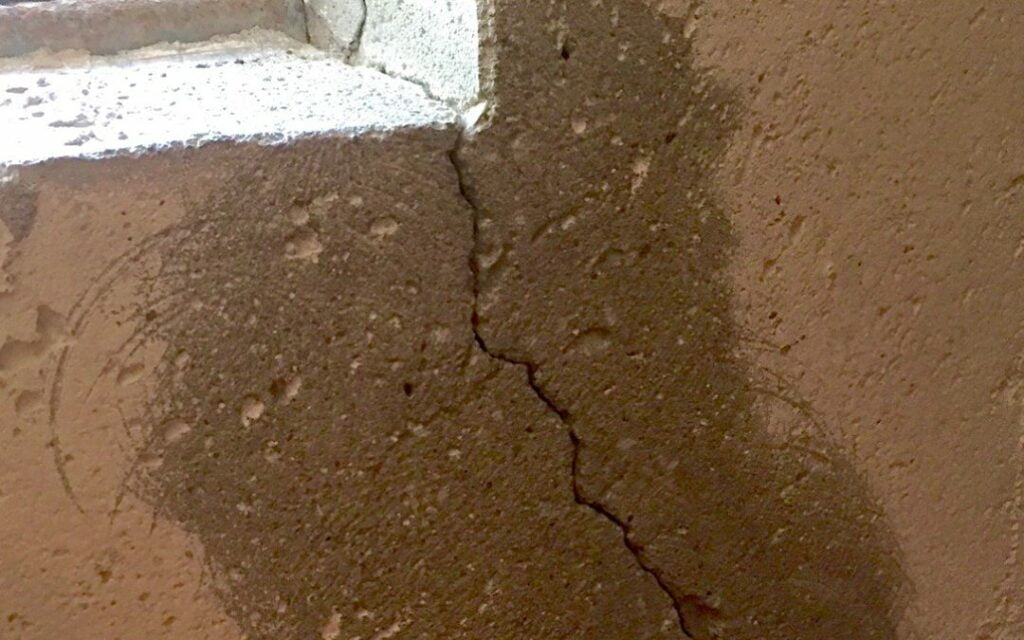HOW DOES SEALED ESTIMATE COSTS FOR FOUNDATION REPAIR?
When SEALED first visits your home, we ask questions, inspect the inside and outside of the property and determine first what the problem is and then propose a solution. Most of the cracks we see are the result of the settling of the foundation of your home. If we determine that the issue is outside of the scope of work we specialize in, such as mud jacking, we are happy to help point the homeowner to a company that is better suited to fix the problem at hand.
However, in most cases we are able to offer the homeowner a proposal and a bid. We often get asked how we determine what to charge. Fair question, so here is some information that may be helpful:
LENGTH – The first thing we do is assess the length of the crack, or if there are multiple cracks, the total length to be repaired. And the more feet of crack, the less we charge per foot.
WIDTH & ORIENTATION – Most small and hairline cracks can be injected. But cracks wider than 1/4” or those which are horizontal and appear to be evidence of a structural problem are candidates for carbon fiber. These repairs use different material and have different costs.
We do both injected polyurethane and carbon fiber repairs as you can see on our website: www.sealedllc.com During this part of the inspection, we determine which cracks will get polyurethane and which carbon fiber. And it is not uncommon for us to place a carbon fiber strap on part of a crack and inject another part.
AMOUNT OF TIME & MATERIAL REQUIRED – With the above information, we make an educated estimate of how long the entire process will take and the amount of epoxy, polyurethane, carbon fiber and other material we will use to complete the repair.
PRIOR REPAIR – As we have mentioned in previous posts, it is vary common to find that either another foundation repair firm or the homeowner has attempted to repair the crack. SEALED has been called because that repair did not last. Most often, this is because a repair has been done to the surface of the crack but nothing has been done to actually fill the crack and provide a seal that will stop or prevent leaks. We have seen everything from ordinary grout to Great Stuff to rubberized paint to roofing tar on cracks. The longer we estimate it will take us to remove this material, the more expensive the repair.
Now that we have all the relevant data we will present the homeowner or primary contractor with our proposed repair solution and written bid.
When we come to your home, feel free to ask us any questions about the cost, the proposed repair and how long it will take. Helping our customers understand the process and the types of repairs is in our interest as well as yours.



